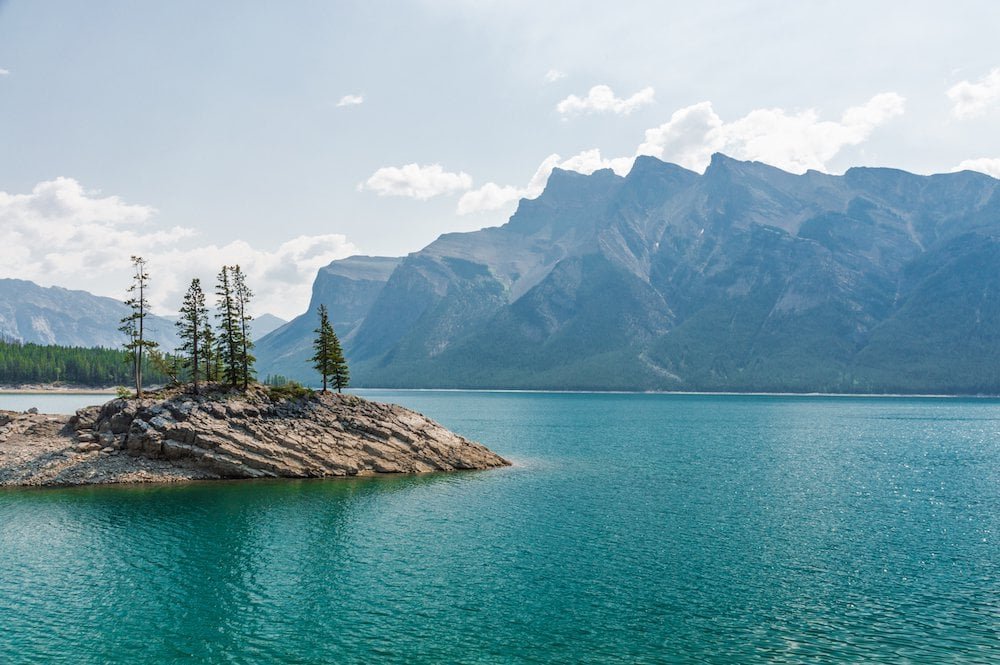Lake Minnewanka in Alberta appears to be typical of other huge bodies of water in Canada from the outside. The 13-mile-long lake, which is surrounded by clumps of evergreen trees and located close to the eastern side of what is now known as Banff National Park, has long been a popular destination within the park, luring visitors to its brisk, clear waters on kayaks, hikes, and bicycles. But many people are unaware that the lake is a relatively recent addition to the surrounding terrain and that, prior to its flooding, the area was home to a thriving lakeside resort town that is now only accessible by scuba equipment.
The summer resort town of Minnewanka Landing, which is situated at the foot of the Canadian Rockies, has long been luring residents of adjacent Calgary. This is especially true since the Beach House, a log-built hotel, was finished in 1886. Over time, the town expanded to encompass three streets, four avenues, dozens of cottages, numerous hotels, and sailing companies that offered boat tours around the (much smaller) original lake.
The area's terrain wouldn't begin to change until 1912, when Minnewanka Landing was largely flooded as a result of the construction of a new dam as part of the establishment of a hydroelectric plant operation by Calgary Power Co. downriver. The town would eventually meet its end in 1941 with the construction of a new dam, which raised the reservoir's waters by 98 feet, swallowing everything in its wake. Nevertheless, the town continued to prosper over the following 20 years (42 lots were erected to provide room for additional cabin sites).
According to William Perry, an archeologist with Parks Canada, "it was during the Second World War, and everyone was hungry for power." At that time, Calgary and the surrounding area were rapidly expanding and needed more electricity; therefore, Lake Minnewanka was viewed as a simple solution.
Unless they are scuba divers, many people today will never have the opportunity to discover the secret that the reservoir contains. Several of the ancient resort town's buildings, including house and hotel foundations, wharves, an oven, a chimney, a cellar, bridge pilings, and walkways, are still standing today because of Lake Minnewanka's glacier-fed, ice-cold waters. (You may see a complete list of websites here.) Even the footings from the federal government's first dam in the town, constructed in 1895, and the footings from the dam completed in 1912 are still clearly visible.
An ancient native encampment in the area is another noteworthy location. Archaeologists have recently discovered spear points, arrowheads, atlatls, stone tools, and other artifacts used by the native cultures that originally inhabited the area.
“What is particularly interesting about that for me is looking at the whole area as a cultural landscape,” Perry says. “The area's 13,000 years of continuous use absolutely fascinates me.”
And Perry isn’t alone. He estimates that approximately 8,000 divers descend into the lake each year to explore its hidden past.
“Because of the cold, clear water, wood actually survives quite well down there,” he says. “That’s why it has become such a popular diving place for local scuba diving clubs. There's just so much left to see."









